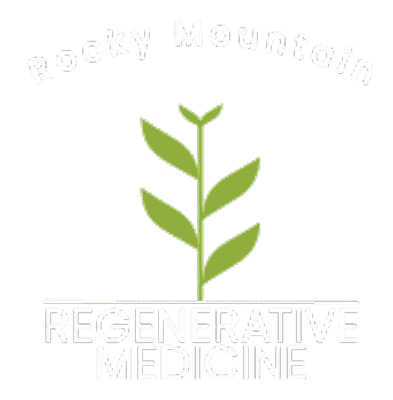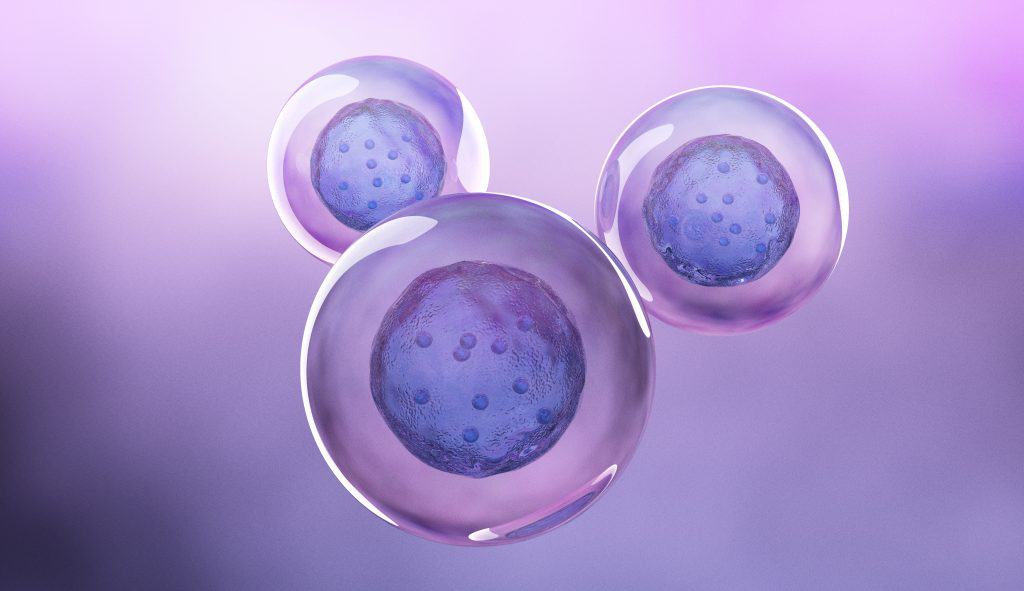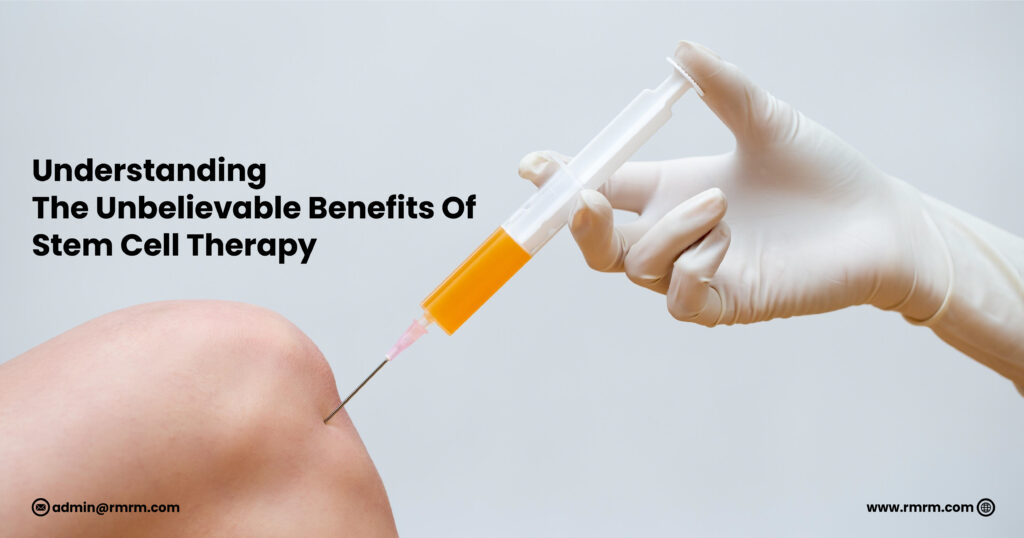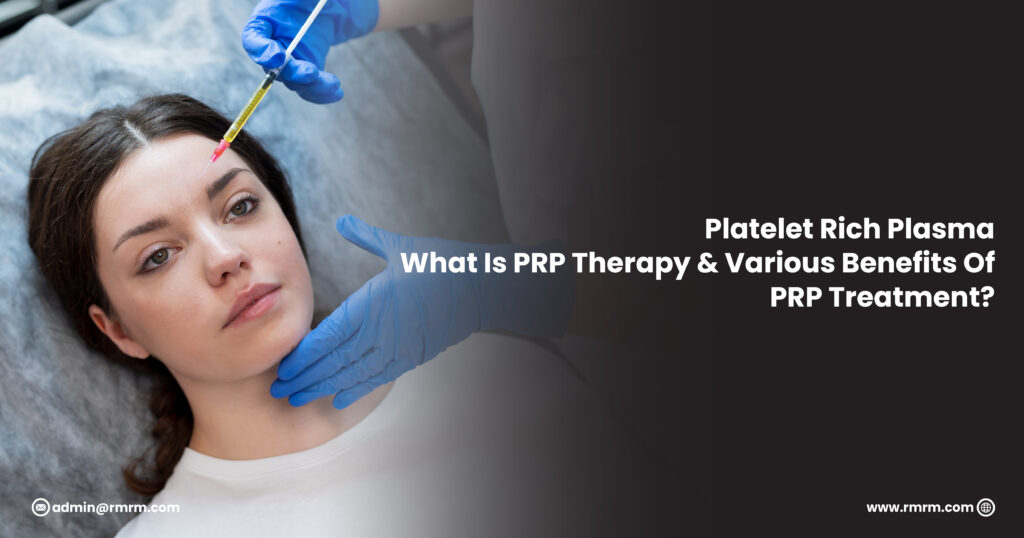Exploring the Landscape of Cellular Regeneration Therapy
Medical advancements continue to provide physicians with increasingly effective tools to treat a wide range of conditions. One of the most intriguing advancements in recent years is Cellular Regeneration Therapy, a rapidly emerging area in regenerative medicine that focuses on activating the body’s own healing mechanisms. While it’s not a panacea, this method offers promising potential across various medical disciplines that may be far superior to other alternatives.
What Exactly is Cellular Regeneration Therapy?
Simply put, Cellular Regeneration Therapy aims to stimulate the body’s innate capacity to repair and regenerate damaged tissues at the cellular level. This stands in contrast to many traditional treatments that primarily focus on symptom-relief rather than addressing the root causes of diseases or injuries.
The Science Behind Cellular Regeneration Therapy
Stem Cells as Cellular Architects
At the core of Cellular Regeneration Therapy are stem cells, which are remarkable for their ability to differentiate into various specialized cells—from muscle tissue to neurons. However, their role extends beyond mere cellular differentiation. These cells serve as orchestrators of healing, directing various pathways in the body’s complex repair mechanisms. They release signaling molecules that coordinate the behavior of other cells, effectively guiding the regeneration process.
Growth Factors: The Bioactive Catalysts
Growth factors, a class of proteins, are another pivotal component of this therapy. These proteins bind to specific receptors on the cell surface, triggering intracellular pathways that regulate a host of cellular processes such as division, maturation, and apoptosis (cell death). Their key role lies in stimulating cell proliferation and contributing to the generation of new, healthy cells, thus accelerating the healing process.
Synergy of Stem Cells and Growth Factors
The combination of stem cells and growth factors creates a synergistic effect, mutually enhancing each other’s abilities to promote healing and regeneration. While stem cells lay down the structural framework for rebuilding tissues, growth factors provide the necessary biochemical signals that help these new structures flourish and integrate seamlessly with existing tissues.
Minimally Invasive Procedures
A defining feature of Cellular Regeneration Therapy is its minimally invasive nature. Many of the treatments involve techniques like injections or localized applications that utilize the patient’s own biological material. This reduces the risk of adverse reactions and encourages natural, organic healing as opposed to more invasive surgical interventions.
Potential Applications Across Medical Fields
The scope of Cellular Regeneration Therapy is quite broad:
- Orthopedic Healing: Such as the repair of damaged cartilage, ligaments, and tendons.
- Neurological Conditions: Research is ongoing into its effectiveness for neurodegenerative diseases.
- Cardiovascular Health: Including restoration of damaged cardiac tissue after a heart attack.
- Dermatology: Applications like wound healing and possibly anti-aging.
Points for Consideration
As with any medical approach, Cellular Regeneration Therapy has its own set of considerations:
- Natural Healing. Cellular Regeneration Therapy leverages the body’s innate mechanisms for repair and healing. Unlike some conventional medical interventions that may involve synthetic medications or invasive procedures, this approach stimulates the body’s own cells to activate repair pathways. This not only minimizes potential adverse effects but also aligns with the body’s natural physiology for more harmonious healing.
- Reduced Reliance on Conventional Methods. This therapy may offer a viable alternative to patients who have been reliant on interventions with side effects, more serious risks, and long recovery periods. By tapping into the body’s own regenerative capabilities, the need for external interventions can be significantly diminished, offering a less intrusive solution to medical problems.
- Personalized Treatments. No two patients are alike, and Cellular Regeneration Therapy reflects this individuality by offering tailored treatment plans. Diagnostic tests and in-depth patient consultations allow for the customization of therapies to address specific medical conditions and unique physiological factors. This ensures that the treatment is not a one-size-fits-all approach but is tailored to optimize effectiveness for each individual.
Caveats and Caution
It’s crucial to engage in consultations with healthcare providers from various disciplines to get a comprehensive understanding of all available treatment options. While orthopedics has seen significant research in this area, other fields rely more on anecdotal evidence. Be highly cautious of clinics, especially international ones, that exaggerate the efficacy of treatments while under-reporting complications.
It’s important to acknowledge that stem cell and PRP therapies are not FDA approved. However, the term “stem cell therapy” is very broad, encompassing several different methods. A few of these methods actually fall outside of FDA jurisdiction as defined by the agency’s own regulatory exemptions. As a result, several forms of Stem Cell Therapy may not be restricted under FDA’s protocols for drug products. A qualified physician should be able to understand and explain these restrictions and outline why such restrictions don’t involve their methods. Beyond the FDA, stem cell treatments still need to adhere to strict guidelines to ensure patient safety. Unfortunately, the same cannot be said of international clinics where complication rates are not only significantly higher but also vastly under-reported. This leads to many Americans falling prey to aggressive marketing tactics from clinics abroad, and becoming stranded in navigating foreign medical systems when complications arise.
Choosing the Right Clinic
When considering Cellular Regeneration Therapy, it’s essential to look for clinics staffed by medical professionals with extensive experience in regenerative medicine and rock-solid medical resumes. Effective treatment involves a well-rounded medical understanding that extends beyond orthopedic concerns. Dr. Khoshal Latifzai of Rocky Mountain Regenerative Medicine in Boulder, Colorado notes “multiple consultations with different providers can help you gauge the competency of the doctors involved.”
Wrapping Up
Cellular Regeneration Therapy offers an intriguing, albeit still evolving, avenue for treatment across various medical disciplines. While research is ongoing, its potential for harnessing the body’s innate healing capabilities is undeniable. If you’re considering this therapy, consult multiple medical professionals to gain a nuanced understanding of what it can offer you.



